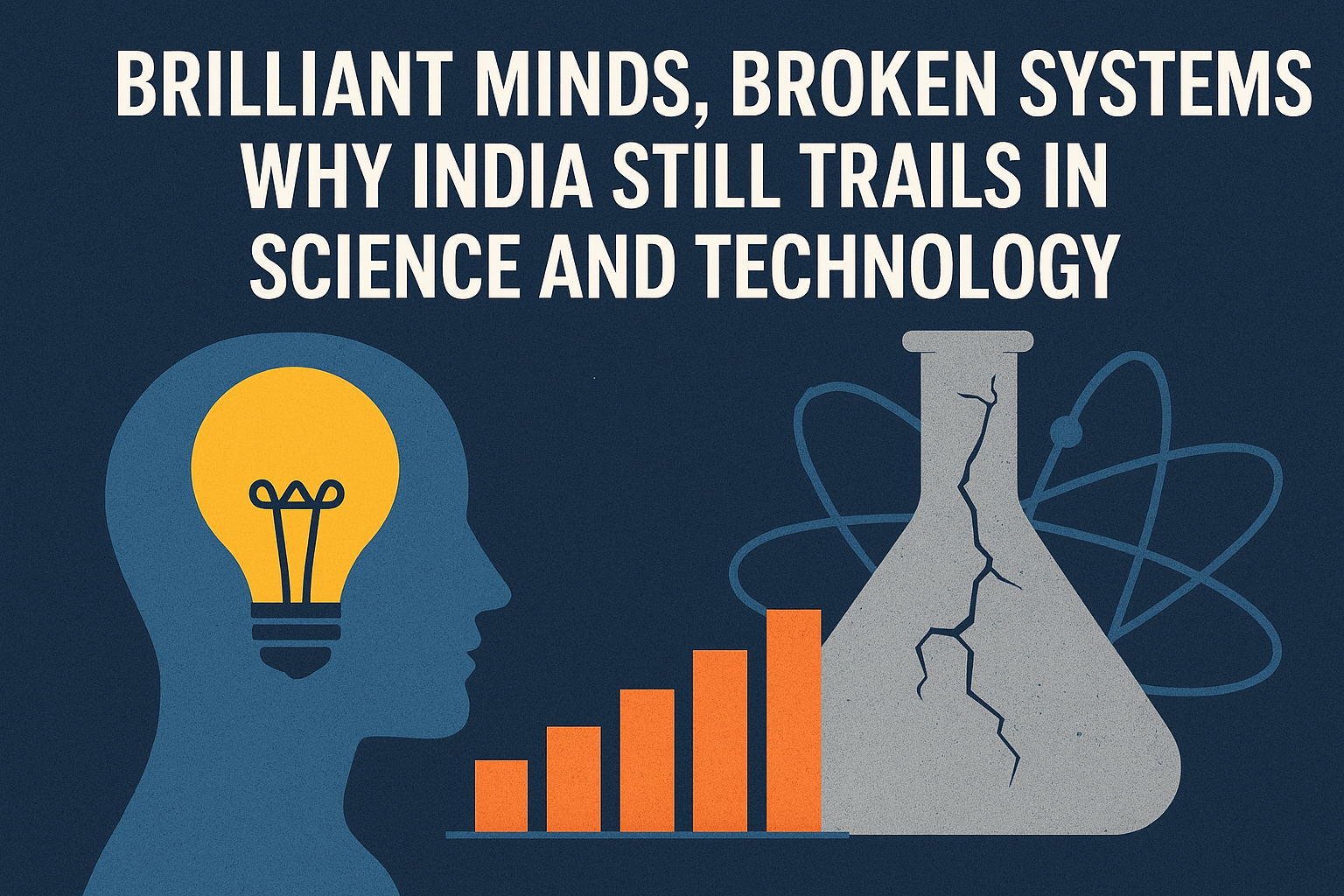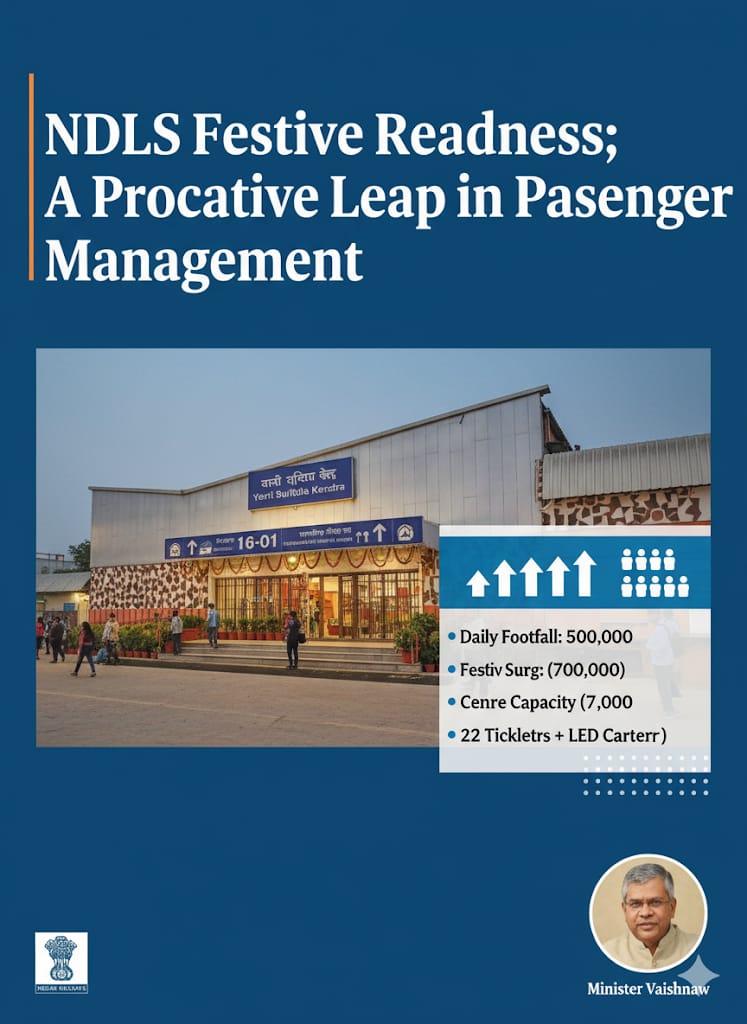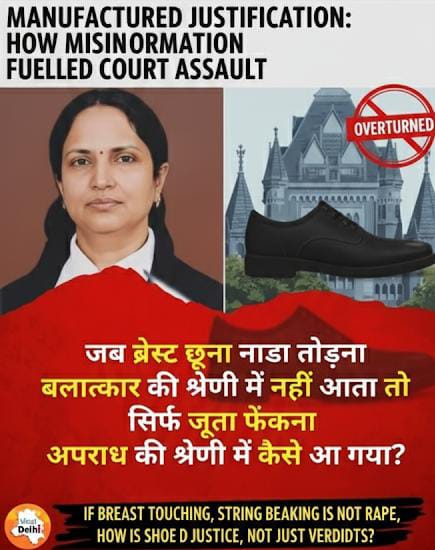
India's drone industry is growing very fast. It is being supported by the government, used more in defence, and powered by many new technology startups. Today, more than 500 drone-related companies are working in the country. Out of these, over 260 are focused on making key drone parts. This shows that the drone sector is developing well. But there is one big problem that could stop this growth. India depends heavily on rare-earth magnets that are needed for the motors inside drones, and most of these come from China.
Rare-earth magnets are very powerful and are used in brushless motors that help drones fly. These magnets are not easily available everywhere. China produces nearly 87 percent of the world’s rare-earth materials. Because of this, India has to import most of what it needs. If China reduces its exports or raises prices, it could harm India’s drone plans. This is especially risky for defence drones, where high-quality parts are very important.
The Indian government has taken steps to support drone manufacturing. It launched the Production-Linked Incentive (PLI) scheme to encourage local companies. The government also set aside over 1,900 crore rupees (around 234 million dollars) to grow the drone industry for both civil and military use. In 2024, Indian drone startups raised over 100 million dollars. They raised more funds in 2025 as well. Companies like Garuda Aerospace and Zuppa are leading the way. Zuppa says that 80 percent of its drones are made in India.
However, even with this progress, India still does not make some of the most important drone parts on its own. These include flight controllers, sensors, and most importantly, motors. Motors need rare-earth magnets to work efficiently. Because these magnets mostly come from China, there is always a fear that any issue with imports can delay production, raise costs, or stop the industry from growing.
Experts in the industry have raised concerns about this. Sai Pattabiram, who is the founder and managing director of Zuppa, said that the industry has not yet been badly affected, but the risk is increasing. As the world starts using more drones, the demand for rare-earth magnets will grow too. If supply is limited, India may not be able to keep up with global competition.
To deal with this challenge, some Indian companies and scientists are trying to find other materials that can be used instead of rare-earth magnets. One option is ferrite magnets. These are cheaper and do not depend on rare earths, but they are not as powerful. They can be used in less advanced drones. India is also looking at other countries like Australia, the United States, and Vietnam to supply rare-earth materials. Australia has large reserves and is increasing its production.
At the same time, the Indian government is working to find rare-earth reserves within the country. The Department of Atomic Energy has found such materials in states like Andhra Pradesh, Odisha, and Kerala. A public company called Indian Rare Earths Limited (IREL) is planning to increase the mining and processing of these minerals in India.
Experts say that India must follow a multi-step strategy to solve this issue. First, it should invest in research to create new materials. Second, the country should build reserves of rare-earth minerals. Third, India must form strong partnerships with other nations to secure a steady supply. Finally, setting up rare-earth processing factories within India is very important.
If India wants to lead the world in drone manufacturing, it must solve the rare-earth problem soon. The drone industry is rising fast, but its future will depend on how India secures the materials that power the machines. With smart planning, strong policy, and global teamwork, India can become a self-reliant leader in drone technology.




.jpeg)


.jpeg)




.jpeg)








